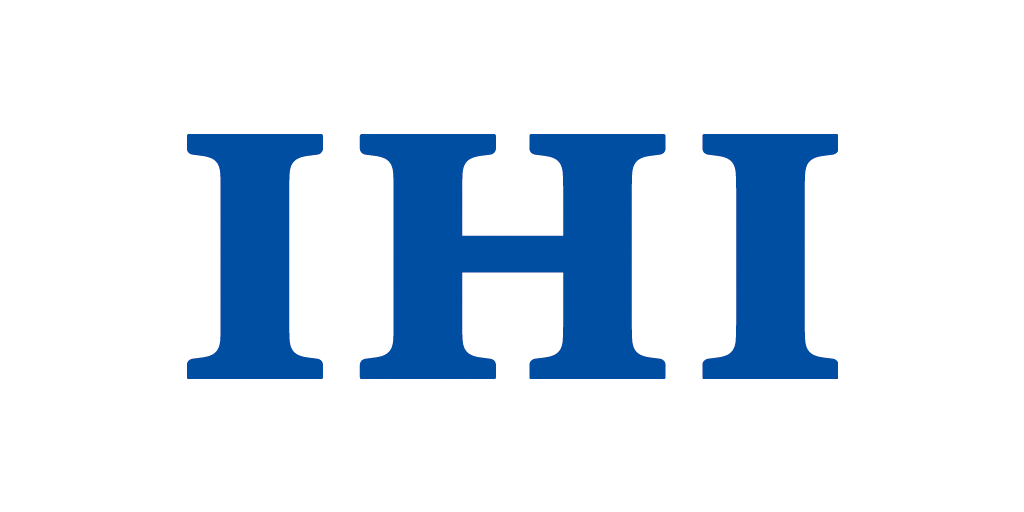
IHI Brings Planet Closer to a Carbon-Free Future by Developing World’s First Aircraft Engine-Embedded Megawatt-Class Electric Motor
Published by Todd Bush on January 13, 2024
TOKYO--(BUSINESS WIRE)--IHI Corporation (TOKYO: 7013) announces today it and several domestic partners jointly developed the world’s first one-megawatt-class (see note 1) electric motor (note 2) mounted inside a jet engine tail cone (note 3). This achievement is one fruit of the company’s More Electric Architecture for Aircraft and Propulsion (MEAAP) project. This technological innovation initiative aims to optimize the overall energy management of aircraft systems, including engines, to help cut their carbon dioxide emissions.

>> Additional Reading: Sirius Aviation AG Unveils World's First Hydrogen VTOL Aircraft: Sirius Jet
IHI developed this motor as part of R&D into advanced electric propulsion systems and electric hybrid systems under the Research and Development of Advanced Aircraft Systems for Practical Application Project of Japan’s New Energy and Industrial Technology Development Organization.
The global passenger jet fleet should double over the next 20 years on growing travel demand, although the United Nations’ International Civil Aviation Organization targets virtually zero carbon dioxide emissions from these aircraft by 2050. It is accordingly important to improve conventional technologies while innovating aircraft systems that maintain safety and economy and make them more eco-friendly.

The MEAAP project seeks not just to electrify aircraft but also to significantly enhance fuel efficiency by optimizing aircraft systems, including engines, to reuse cabin air, which current designs discharge outside aircraft without using effectively, to cool electrical equipment. This would eliminate the need for complex conventional hydraulic, pneumatic, and other systems, thus boosting design freedom and maintainability while reducing weight. IHI is collaborating with domestic and overseas partners in various R&D efforts to achieve its MEAAP goals.
IHI’s new engine-embedded electric motor could provide power for aircraft and also serve as a key technology in hybrid electric propulsion systems for which R&D is underway around the world.
In March 2020, IHI developed a 250-kilowatt-class engine-embedded electric motor offering the largest generator capacity for currently operating passenger aircraft. At the time, it developed a high-density molded coil technology with a 300°C heat-resistant insulation coating (note 4). It has additionally developed an exhaust heat system technology that taps thermal, fluid, and structural technologies that the company cultivated in jet engine R&D. It has augmented these advances to improve efficiency by overhauling the power generation mechanism to create an electric motor that can deliver more than one megawatt of power. The motor offers output scalability as required.
For its new motor, IHI conducted assessments at the Evaluation Laboratory for Next Generation Motors of the Akita University Joint Research Center for Electric Architecture** (note 5). This is the largest such facility in Japan. This work confirmed that the company could attain the anticipated revolutions per minute when connecting the engine shaft directly to the inside of the tail cone.
IHI will keep developing hybrid electric propulsion systems to electrify aircraft, and looks to demonstrate an engine-embedded electric motor during the middle of this decade. By combining a high-power electric motor for aircraft propulsion (note 6), an electric turbo compressor (note 7), a high-flux plastic magnet rotor (note 8), and an electric hydrogen turbo-blower (note 9), which are also under development, IHI will electrify and optimize a range of propulsion systems, including hybrid electric propulsion systems for the future, and aircraft systems overall.
Subscribe to the newsletter
Daily decarbonization data and news delivered to your inbox
Follow the money flow of climate, technology, and energy investments to uncover new opportunities and jobs.
Latest issues
-
The Deal Structure Everyone's About to Copy
Inside This Issue 💼 The Deal Structure Everyone's About to Copy 📈 Exxonmobil Raises Its 2030 Plan – Transformation Delivering Higher Earnings, Stronger Cash Flow, and Greater Returns ⚡ Nextera Wor...
-
Inside XCF Global's $300M Bet to Double U.S. SAF Output
Inside This Issue ✈️ Inside XCF Global's $300M Bet to Double U.S. SAF Output ⚙️ Capsol Technologies Signs MoU with US Utility to Deploy CapsolGT® for Low-carbon Gas Power Generation 🏭 Babcock &...
-
64 Carbon Projects Were Stuck. Texas Just Unlocked Them
Inside This Issue 🛢️ 64 Carbon Projects Were Stuck. Texas Just Unlocked Them ⚙️ In Ohio, Hydrogen Industry Presses on Despite Federal Uncertainty 🧲 Agami Zero Breaks Through With Magnetic Hydrogen...
Company Announcements
-
Elemental Clean Fuels Powers Kamloops' Largest Green Hydrogen Initiative
KAMLOOPS, BC, Dec. 10, 2025 /CNW/ — Elemental Clean Fuels (ECF) is partnering with Sc.wén̓wen Economic Development and Kruger Kamloops Pulp L.P. to advance the Kamloops Clean Energy Centre (KCEC), ...
-
SYDNEY, NS, Dec. 10, 2025 /CNW/ — alterBiota, a Canadian cleantech company developing solutions to modernize and decarbonize concrete, announced that its flagship product, deltaC (∆C™), has officia...
-
TORONTO, Dec. 10, 2025 (GLOBE NEWSWIRE) — CHAR Technologies Ltd. (“CHAR Tech” or the “Company”) (TSXV:YES), a leader in sustainable energy solutions, is pleased to announce that the Government of O...
-
Increases of $5 billion in earnings and cash flow growth at constant prices and margins vs. prior plan with no capital spending increase. Cumulative structural cost savings plan increased by $2 bi...